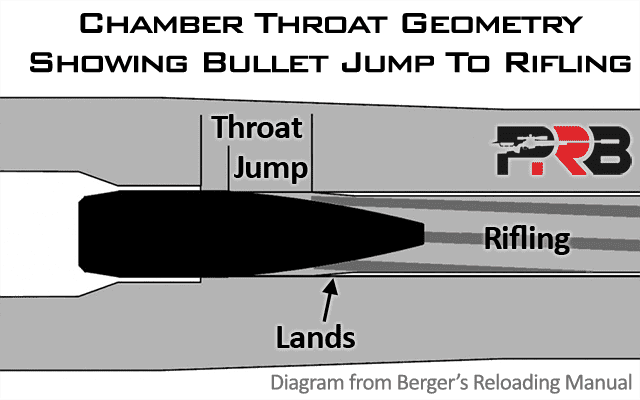Texas Speed Bump
Well-Known Member
I recently bought the Franklin Arsenal Cartridge Overall Length Gauge and was using it to measure the maximum COAL on some of my rifles. I know I'm going to feel stupid when I hear the answer but I don't understand the logic behind how they show to caliper the measured distance. First you insert the cleaning rod down the barrel with bolt closed and with the rod up against the closed bolt, attach a clip on the rod at the end of the barrel. Then you retract the bolt, insert a bullet until it seats against the rifling and while holding the bullet in place, insert the rod again into the barrel until it contacts the tip of the bullet then attach the second clip on the cleaning rod.
Here's where I'm having the trouble. It seems to me that to get the COAL, you would measure from the outside edge of the second clip (one now closest to end of barrel) and the inside edge of the first clip (that you measured against the bolt face). But in the instructions and pictures that came with the device, they show measuring between the two inside faces and even show it as a method to measure assembled cartridges. I think I know the answer; that they've built the 'off' factor into the recessed case seat cut out. The two cut outs (what's cradling the cartridge in the picture) look to be half the thickness of the clip so by measuring the inside length between the cut outs, you're essentially omitting the thickness of one clip, which would make it right again.
The other thing I found using this device was that it seemed every time I measured it, it came up different, which I guess I should expect with plastic parts and measuring distances in thousands of an inch. I know this is inherently an inexact exercise but just thought I'd toss the topic into the forum blender and see what comes out.

Here's where I'm having the trouble. It seems to me that to get the COAL, you would measure from the outside edge of the second clip (one now closest to end of barrel) and the inside edge of the first clip (that you measured against the bolt face). But in the instructions and pictures that came with the device, they show measuring between the two inside faces and even show it as a method to measure assembled cartridges. I think I know the answer; that they've built the 'off' factor into the recessed case seat cut out. The two cut outs (what's cradling the cartridge in the picture) look to be half the thickness of the clip so by measuring the inside length between the cut outs, you're essentially omitting the thickness of one clip, which would make it right again.
The other thing I found using this device was that it seemed every time I measured it, it came up different, which I guess I should expect with plastic parts and measuring distances in thousands of an inch. I know this is inherently an inexact exercise but just thought I'd toss the topic into the forum blender and see what comes out.

